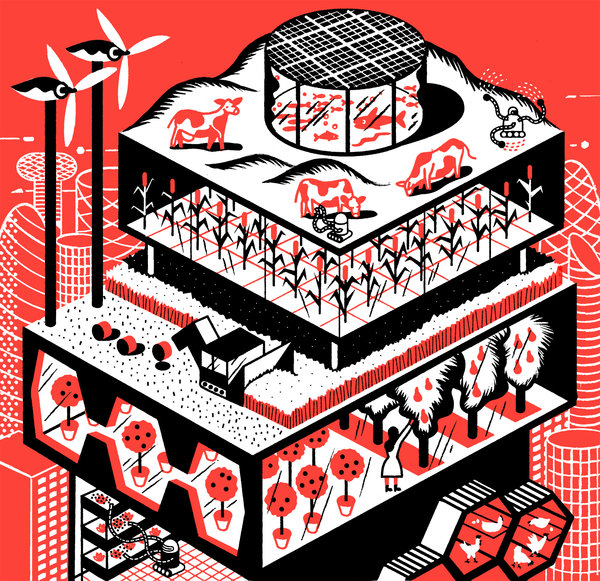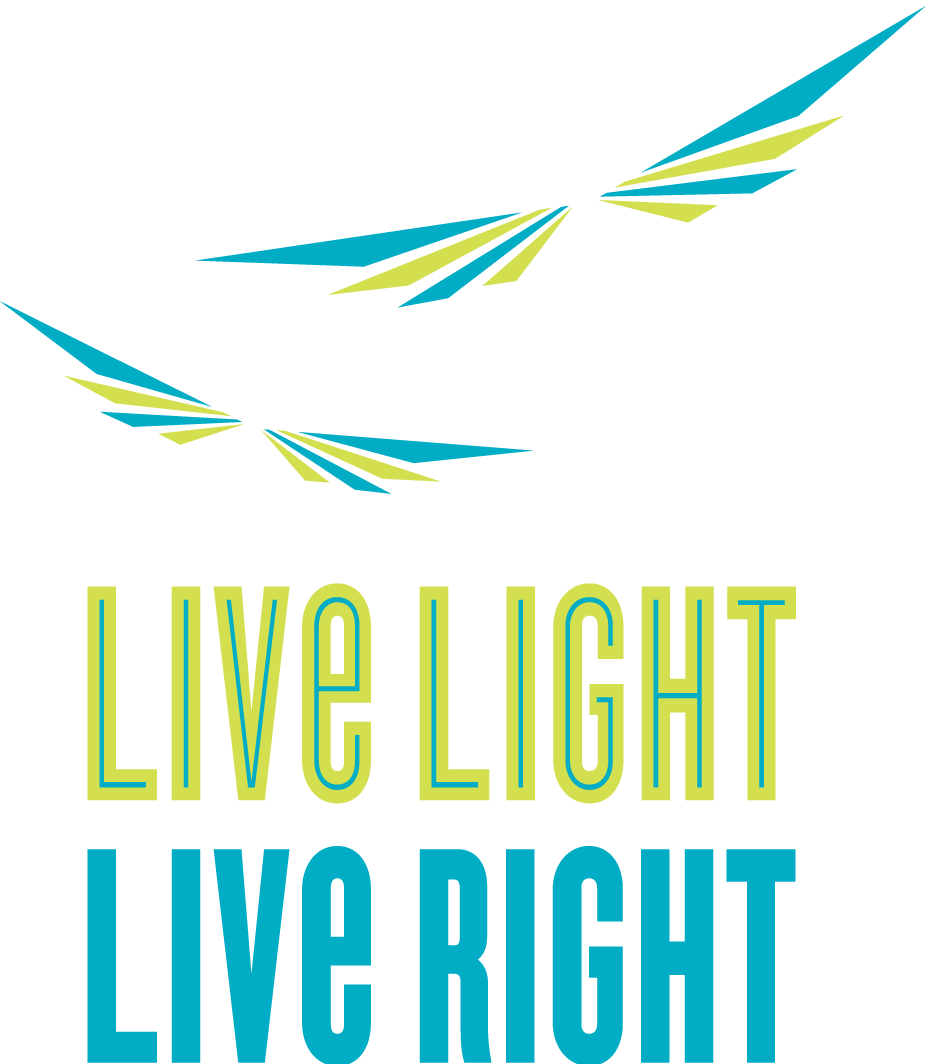
Food writer Mark Bittman offers a nuanced and complicated analysis of the persistent problem of global hunger and obesity in the New York Times. He takes a long, hard look at industrial agriculture and argues that the current model doesn’t work. Instead, we should consider using more traditional farming methods, which might be a better way to get food to more people. Here are some interesting experts from what he wrote:
The current system is neither environmentally nor economically sustainable, dependent as it is on fossil fuels and routinely resulting in environmental damage. It’s geared to letting the half of the planet with money eat well while everyone else scrambles to eat as cheaply as possible.
While a billion people are hungry, about three billion people are not eating well, according to the United Nations Food and Agriculture Organization, if you count obese and overweight people alongside those with micronutrient deficiencies.
As Raj Patel, a fellow at the Institute for Food and Development Policy, puts it, “The playing field has been tilted against peasants for centuries, and they’ve still managed to feed more people than industrial agriculture. With the right kinds of agroecological training and the freedom to shape the food system on fair terms, it’s a safe bet that they’ll be able to feed themselves, and others as well.”
Yet obviously not all poor people feed themselves well, because they lack the essentials: land, water, energy and nutrients…. It’s a formula for making not only hunger but obesity: remove the ability to produce food, then remove the ability to pay for food, or replace it with only one choice: bad food.


